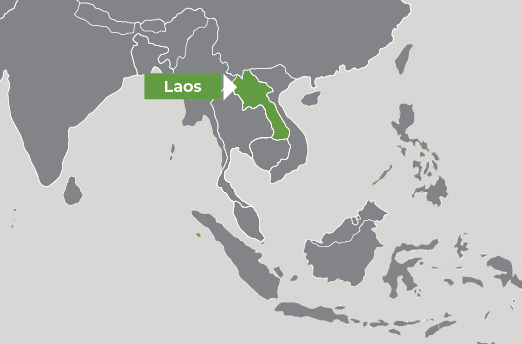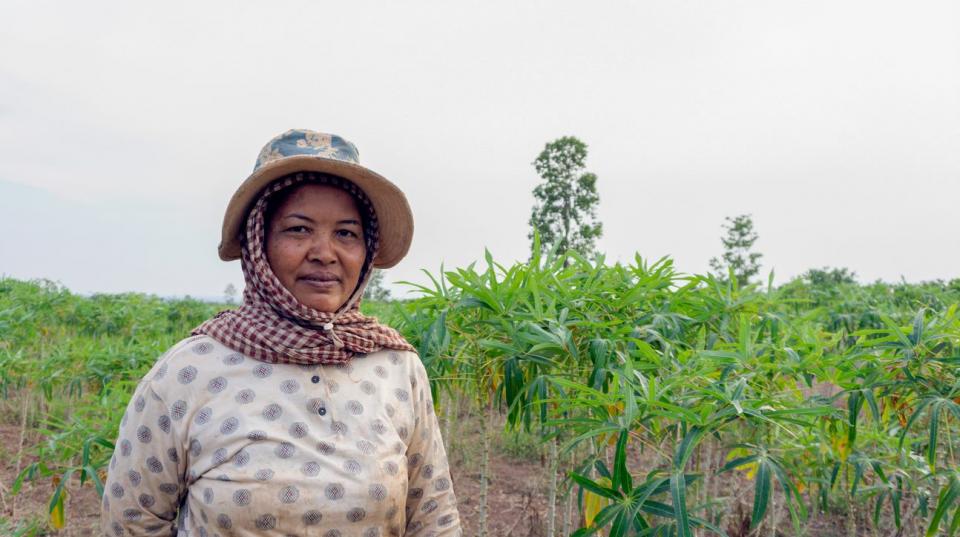Overview
This project aims to decipher the biology of cassava witches broom disease and examine whether its causal pathogen has speciated over time, across farming systems and host ranges as a means to design resilient disease management strategies.
The contribution of cassava (Manihot esculenta) cultivation and primary processing, to rural livelihoods and economic development in mainland Southeast Asia, has continued to increase over the past decade. This expansion and connectivity between countries in mainland Southeast Asia have been accompanied by the introduction of novel plant pathogens and the movement and increase in the prevalence and economic impact of existing diseases. In recent surveillance activities, the prevalence of cassava witches broom disease (CWBD) in the region, which had been low in the previous 5 years, has reached a critical point. In some cases, over 75% incidence has been reported in Lao PDR, Cambodia, Vietnam, and Thailand. Much of the information regarding CWBD is largely anecdotal due to the challenges of working with the pathogen.
The project will establish the identity of the pathogen using molecular tools.
Expected activities and outcomes
- Sharing knowledge on VSD and CWBD within the research community and developing plans based on the rapidly evolving evidence and findings. The partners and geographical scope of the objective are broader than CROP/2022/110.
- Developing and sharing protocols and tools for evaluation for effectiveness and efficiency before introduction into CROP/2022/110 for implementation.
- Developing new partnerships and prioritising geographical areas for activities based on risk assessment.
- Informing high decisions on high-probability interventions to manage CWBD within an IPM framework.
- Communicating the findings to stakeholders within Southeast Asia and beyond.





